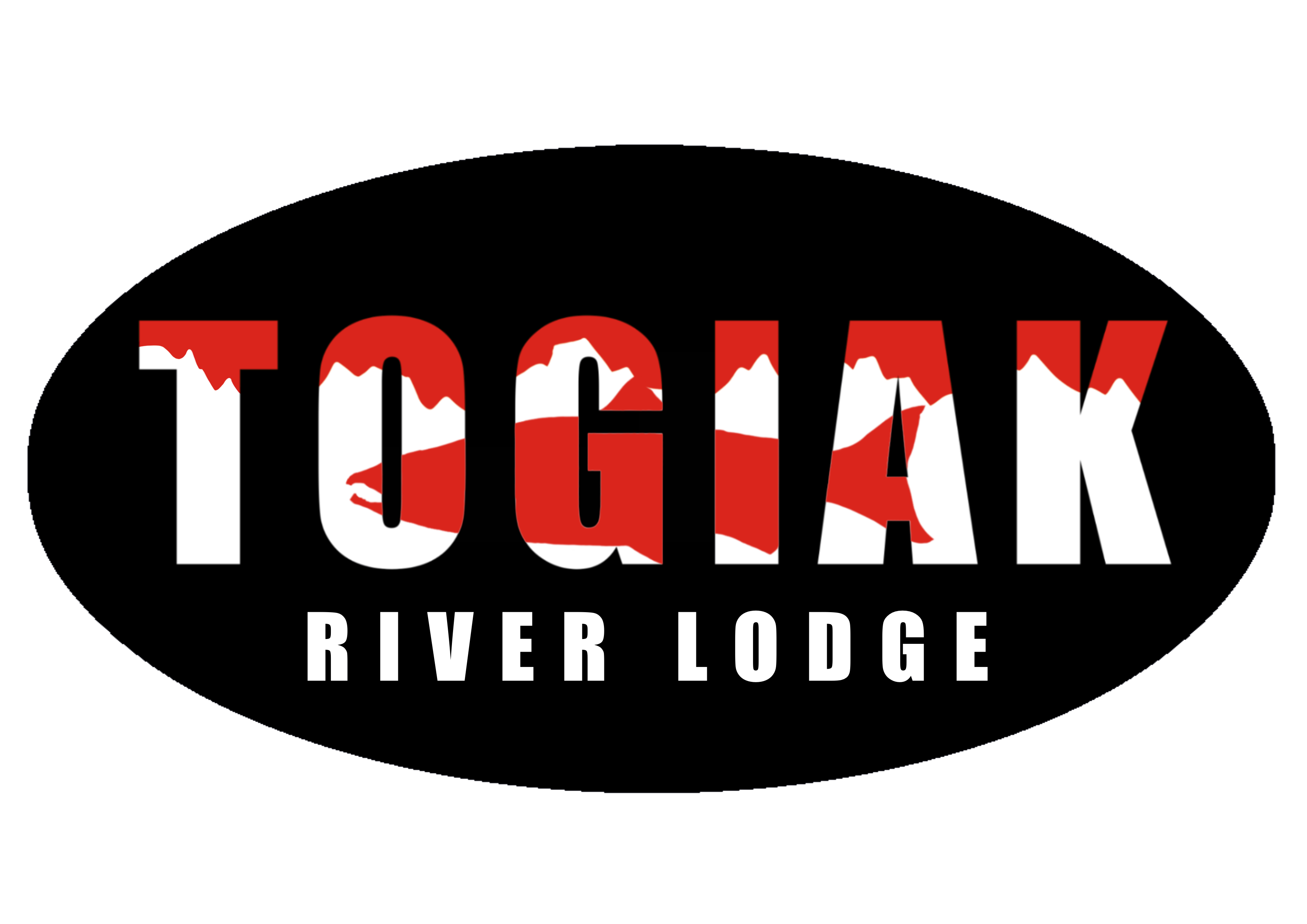Alaska Sockeye Fishing on the Togiak River
Alaska sockeye fishing is a joyous, freezer-filling tradition for many resident and nonresident Alaska anglers. Zack and Jordan Larsen own and operate Togiak River Lodge. In this seminar they share methods to catch sockeye salmon beyond the notorious flip-and-rip technique most anglers employ. They focus on how to get sockeye to bite, and yes, sockeye will bite. Their experience was earned on the Togiak but applies to other sockeye fisheries as well.
The key to getting sockeye to bite is giving them what they want, how they want it. Over their years of Alaska sockeye fishing, Zack and Jordan have determined that one method, with a couple different lure/bait presentations, seems to be the most consistent way to get sockeye salmon to willfully bite. The best method for Alaska sockeye fishing is bobber fishing, and the presentations are either a jig, a bead or a small cluster of cured roe. Small clusters of cured salmon eggs proved the most effective for Alaska sockeye fishing, but everything else in the river loves eggs, too. A small piece of salted prawn skewered on a jig is also very effective and is rarely taken deep, reducing mortality of fish other than sockeye.
Key considerations for Alaska sockeye fishing (meaning getting them to actually bite) is to fish in areas where sockeye are staging or resting, not where they are traveling, and to use small gear—small bobbers, small weights, small hooks and small baits. Zack and Jordan go into specifics regarding rigging, from the rod and reel to the hook.
Sockeyes are often finnicky, and they often bite softly, so the small float should have enough weight under it so that just the tip of the float protrudes above the water. That makes the float as sensitive to a sockeye’s gentle bite as it can be.
Alaska sockeye fishing doesn’t have to mean lining or snagging fish. Watch this video to learn how to get sockeyes to bite.

